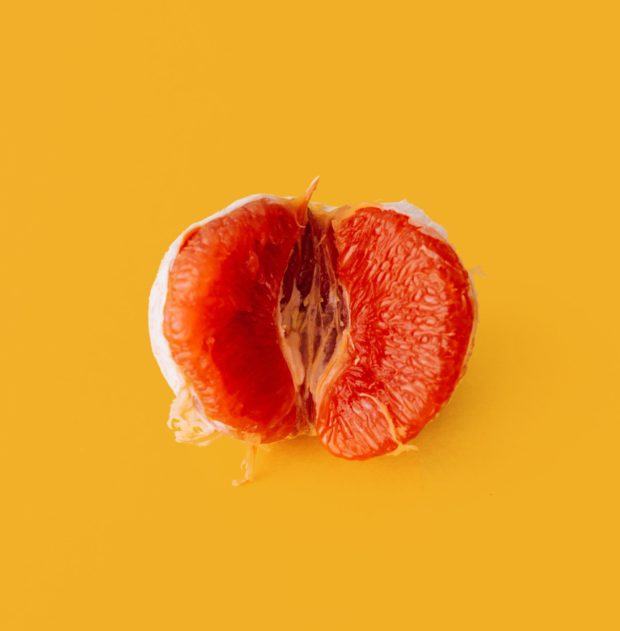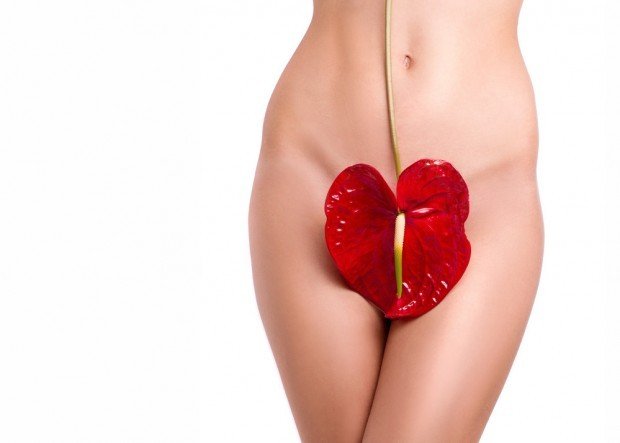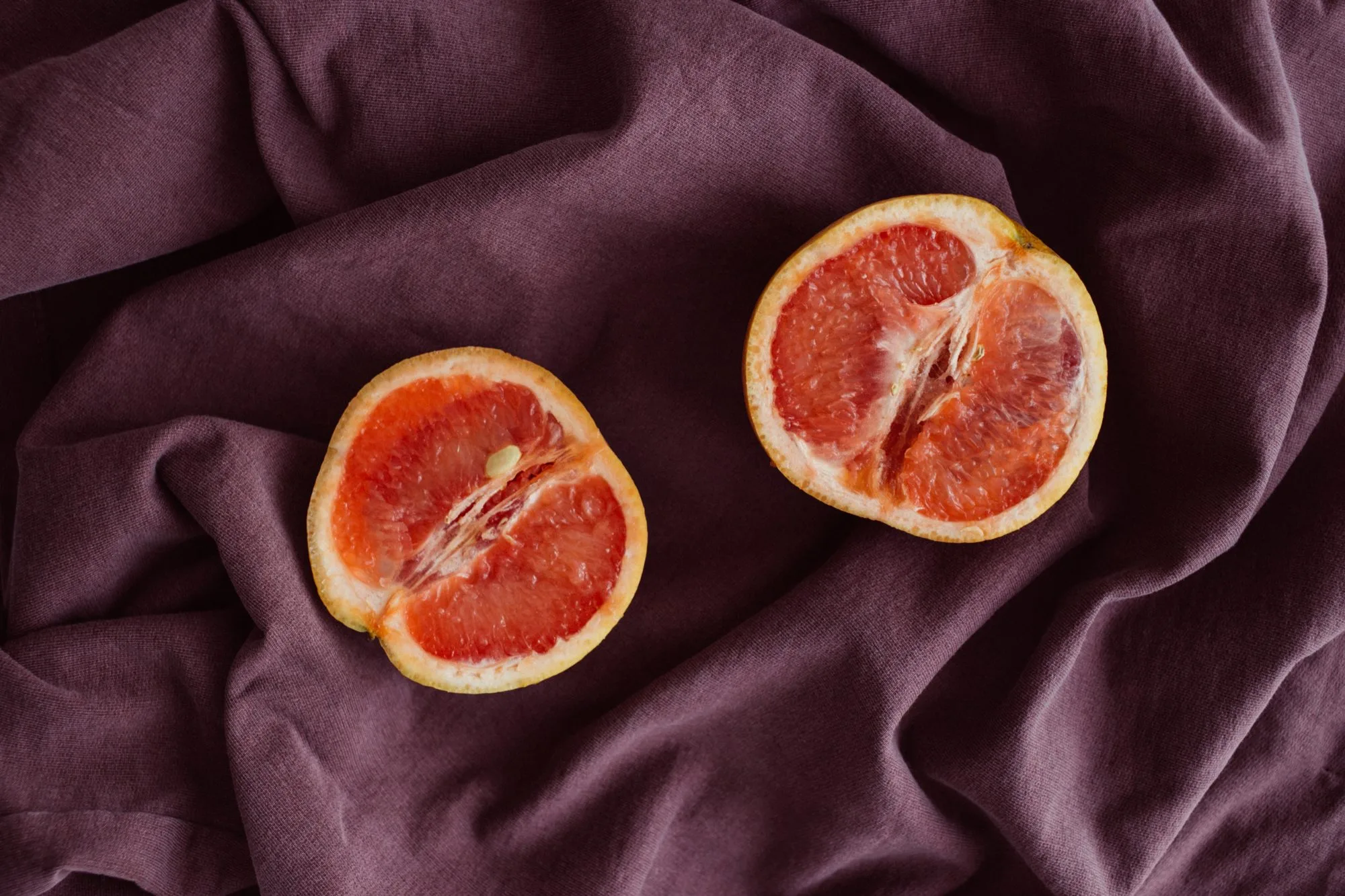This past week, a 62-year-old Canadian woman was left with severe second-degree burns on her genitals after steaming her vagina.
According to the Journal of Obstetrics and Gynaecology Canada, which detailed the entire ordeal, the woman had seen a traditional Chinese doctor who had then advised her to steam her vagina at her home. Suffering from vaginal prolapse (whereby the upper portion of the vagina has lost its normal shape and sags) and believing that vaginal steaming could be effective enough for her to avoid surgery, the woman decided to follow the advice.
After mixing herbal medicine with a pan of boiling water, the woman then sat over it for 20 minutes. Upon trying it out for a second time, the woman began to feel discomfort and decided to visit her doctor. This turned out to be a great idea as they soon discovered that she had suffered second-degree burns. What’s more, she still had to have surgery for the vaginal prolapse, but she had to wait for her burns to heal first.
Our vaginas go through a lot, from menstruation to childbirth, so it’s understandable if you’re looking to give it some extra help. But does that mean you should go out of your way to steam it?
What is vaginal steaming?
Whilst vaginal steaming has recently risen in popularity after receiving high praise from Gwyneth Paltrow, the concept is by no means a new one as it can be traced back to both Asian and African ancient holistic medicine.

As explained in the name, vaginal steaming is a process whereby herb-infused steam is directed into your vagina, as you squat over a bowl of steaming hot water. Each session can last between 20 and 60 minutes. Herbs used in vaginal steaming include basil, chamomile, mugwort, and oregano. What’s more, spas that offer vaginal steaming make your experience much more comfortable by providing special seats with a hole for the steam.
For those unable to afford the full spa experience, vaginal steaming has also been brought into the household. To steam their vaginas, individuals mix their chosen herbs into a basin of hot water, wrap a towel around their waist and legs and then squat directly over it.
Are there any benefits?
Proponents of vaginal steaming believe that the process helps to naturally and effectively clean out the vulva region (this includes the labia, the clitoris, and the entrance to the vagina), the vagina, uterus, and the entire reproductive tract. Moreover, they also believe that it can provide the following benefits:
- stress relief
- alleviates depression
- reduce the risk of infertility
- prevent infections
- eases headaches
- improve digestive health
- stimulates the production of hormones
- Prevent ulcers and tumors
- Stimulates menstrual discharge
- Ensure a healthy and regular menstrual cycle
Are there any risks?
Aside from the possibility of you suffering second-degree burns to your genitalia? Yes.
The vaginal skin is quite sensitive, so exposing it to steam may not only cause burns but it could also provide the perfect breeding ground for bacteria, which can then lead to vaginal infections.
But… does it work?
As of this writing, there has been no scientific evidence to suggest that vaginal steaming helps to address any condition.
Mugwort is a common herb used during vaginal steaming and it appears that it was solely chosen based on the idea of moxibustion – the process of burning mugwort on or over a problematic area of the body or pressure point. A study published in the journal BMC Research Notes found that moxibustion helped to address the issue of a breech baby. However, the study also concluded that other research on mugwort was contradictory and inconclusive.
Granted, the steaming may help you relax (it may even help to relieve cramps, similar to a hot water bottle) but that’s not enough to prove that it’s effective enough to penetrate your reproductive system and effectively address your concerns.
Does my vagina have bacteria?
Yes, your vagina does have bacteria but that bacteria isn’t problematic. In fact, the billions of bacteria found in the vagina are good bacteria, and they help to maintain the vagina’s pH balance. If these bacteria are disturbed in any way, say through steaming, then it can disrupt the delicate vaginal pH balance and thus lead to irritation, infection, and inflammation.

What’s more, the vagina is a self-cleaning organ which means that it doesn’t need any of the products and trends that people are doing their best to get you to use.
What else does your vagina not need?
In addition to vaginal steaming, there’s a lot of other vaginal trends and products that women are readily adopting, believing them to have a positive effect on their reproductive health. The truth is, the following products will not only fail to live up to their promise, but they may even increase your risk of infection.
1. Jade Eggs
Jade eggs are small, egg-shaped pieces of jade that women put into their vaginas. They do so with the intent of working their pelvic floor muscles. In doing so, the jade egg is expected to help improve your sex life, tone your vaginal muscles and help regulate hormone levels.
Personally, I wouldn’t recommend that you place a jade egg into your vagina. They are porous thus they might pick up bacteria and transfer it into your vagina. This then increases the risk of a vaginal infection. If you really want to tone your pelvic floor muscles, you can learn to start doing kegel exercises, and even get into kegel balls (they have strings and handles that can keep them from getting stuck).
2. Vaginal Washes and Wipes
It seems that every day brings a new line of vaginal wipes and washes. These products claim to help keep your vaginal area clean, all whilst protecting it from infections. Never has one read something so ironic.
As mentioned, the vagina is a self-cleaning organ that doesn’t require the aid of wipes and special, intimate washes. In fact, a lot of these products are scented and contain other ingredients that can irritate the vagina. This then makes it more susceptible to bacterial infections. The advisable thing to do would be to stay clear of these products and only use warm water to clean (the outside) of your vagina.
What about vaginal burning?
Vaginal burning refers to a burning, stinging, itching irritation that you can experience either when peeing or around the vulva.
What could be causing the burning sensation?
If you’re experiencing any sort of irritation, burning sensation or discomfort around your vaginal area, then it may have something to do with the following factors:
- Tight clothing – it can cause friction or trap moisture
- A sign of a yeast infection or another bacterial infection
- A reaction to a vaginal product with chemical irritants
- A reaction to an oral contraceptive
- An STD
- A UTI
- An allergic reaction to semen
- Friction from toilet paper
Regardless of what you believe may be causing the irritation, it’s important to consult your doctor for a second opinion so that he can perform a pelvic exam to better confirm your diagnosis. That said, do not look to vaginal steaming to address the issue.
 What about a strange odor?
What about a strange odor?
It’s normal for your vagina to have a slight odor. However, if the stench becomes stronger and almost fishy, then you may need to consult your doctor. Additionally, an abnormal vaginal order is often accompanied by irritation or a burning sensation as well as a strong discharge.
In addition to a possible yeast infection, the odor could also be as a result of an STD. That said, it’s important to consult your doctor so that they can find the root cause. As mentioned, this will only serve to increase irritation and increase the risk of bacterial infection.
Optimizing your vaginal health
As mentioned, the vagina is a self-cleaning organ that doesn’t need much help in regulating itself. However, to ensure that its internal environment is not disturbed, there are a few things you can be mindful of.
1. Avoid Processed Foods
Sugary foods can increase inflammation and encourage bacterial growth. This can then lead to a yeast infection. So, it’s best to stay clear of them and rather opt for probiotic foods and fresh, organic fruits and vegetables.
2. Practice Good Hygiene
In regards to vaginal hygiene, please stay away from intimate wipes, soaps, and other similar products. If you have sensitive skin and are prone to irritation, be sure to choose menstrual products that are not scented, and preferably organic.
In regards to cleaning the vulva, which is the outside of your vagina, simply use warm water. Lastly, always wipe from front to back to prevent any fecal matter from entering your vagina.
3. Wear Loose Clothing and Cotton Underwear
Tight jeans can cause a build-up of moisture around your vaginal area. This then encourages the production of bacteria and this can soon lead to an infection. It’s best to opt for looser clothing and cotton underwear. Cotton underwear is breathable and helps to prevent moisture build-up.
Bottom line: leave your vagina alone
We cannot reiterate this enough; the vagina is a self-cleaning organ that does not require the assistance of a steaming session. If you’re battling any discomfort or you’ve noticed a change in how your vagina smells, looks or feels then it’s important to consult your doctor to get properly examined.



 What about a strange odor?
What about a strange odor?![women [longevity live]](https://longevitylive.com/wp-content/uploads/2020/01/photo-of-women-walking-down-the-street-1116984-100x100.jpg)










